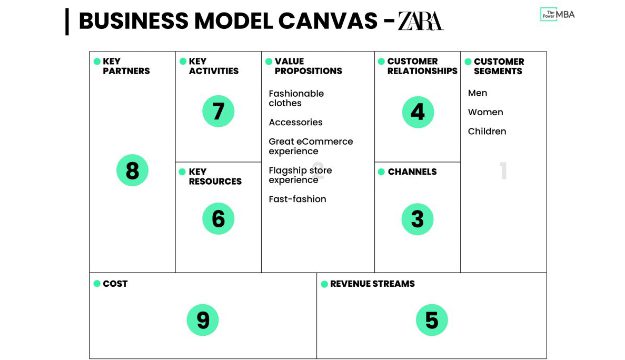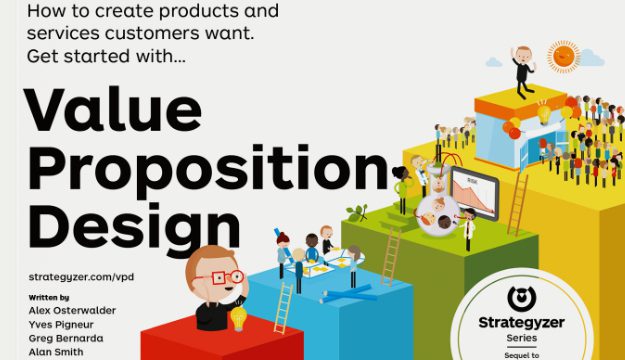
Opportunity cost, how it affects businesses
In economics, opportunity cost is the cost of an alternative that has not been chosen.
In business, this means that every decision a company makes has an opportunity cost, which is the value of the next best alternative that was not chosen.
For example, if a company decides to invest in a new product, the opportunity cost is the potential revenues and profits that could have been generated by investing in a different product or project.

Opportunity cost is an important concept for companies to understand because it can help them make better decisions about how to allocate their resources.
By carefully considering the opportunity costs of each decision, companies can ensure that they are making the most of their resources and maximizing their profits.
Here are three real-world examples of how opportunity cost can affect companies:
- A company decides to open a new store in a busy shopping mall. The opportunity cost of this decision is the potential revenues and profits that could have been generated by opening a store in a different location, such as a less busy shopping center or downtown area.
- A company decides to launch a new advertising campaign. The opportunity cost of this decision is the potential revenue and profit that could have been generated by investing in a different marketing campaign, such as a social media campaign or a direct mail campaign.
- A company decides to develop a new product. The opportunity cost of this decision is the potential revenues and profits that could have been generated by developing a different product, such as a new line of clothing or a new computer application.

In each of these cases, the company must carefully consider the opportunity costs of each decision before making a final decision. In this way, it can ensure that it makes the most of its resources and maximize its profits.
Here are some tips to help companies understand and manage opportunity cost:
- Identify all possible alternatives. Before making a decision, it is important to identify all possible alternatives that could be chosen. This will help the company understand the full range of opportunity costs associated with each decision.
- Quantify opportunity costs. Once all possible alternatives have been identified, the company must quantify the opportunity costs of each decision. This can be done by estimating the potential revenues and profits that each alternative could have generated.
- Once the opportunity costs of each decision have been quantified, the company can make a decision that maximizes profits. This means choosing the decision that has the highest potential return on investment.
By understanding and managing opportunity cost, companies can make better decisions on how to allocate their resources and maximize their profits.















